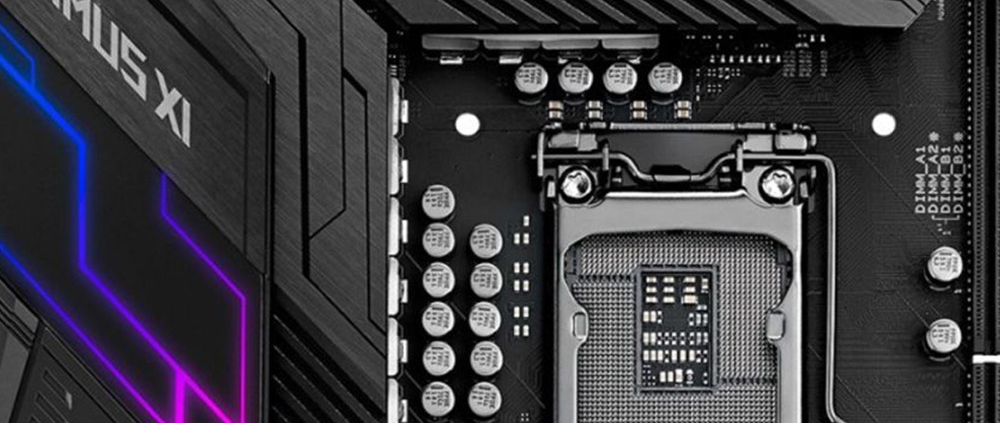With the increasing popularity of DC-DC power supplies, we have made a guide to help choose the right one for your needs.
In the context of computer motherboards, a DC-DC converter accepts a single DC input and converts it into the very stable voltages that a motherboard needs to operate (generally 3.3V, 5V and 12V, though some boards only require a single regulated voltage). A DC-DC converter will always be paired with either an AC Adapter (aka ‘Power Brick’) or a DC voltage from another system such as a battery.
The advantages over a standard ATX power supply are twofold: reduced size, and reduced noise as DC-DC converters are almost always fanless. ATX power supplies have the upper hand when larger amounts of power are required. We probably won’t be mining any bitcoins using DC-DC converters any time soon.



